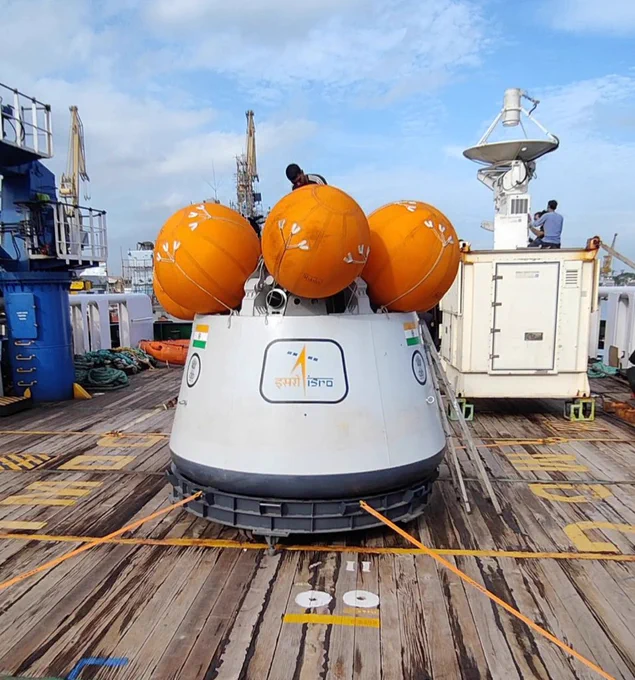- Joined
- 13 August 2007
- Messages
- 8,445
- Reaction score
- 10,998
latest News
NASA LRO past over the Vikram landing site on 17 september 2019
it made several high resolution picture from orbit, those are now being processed at NASA for publication
source

 www.thehindu.com
www.thehindu.com
NASA LRO past over the Vikram landing site on 17 september 2019
it made several high resolution picture from orbit, those are now being processed at NASA for publication
source
NASA orbiter captures images of Chandrayaan 2 Lander Vikram’s attempted landing site
The Lunar Reconnaissance Orbiter images, captured during its flyby of Vikram’s attempted landing site near the moon’s uncharted south pole, are still being processed, a NASA official said.



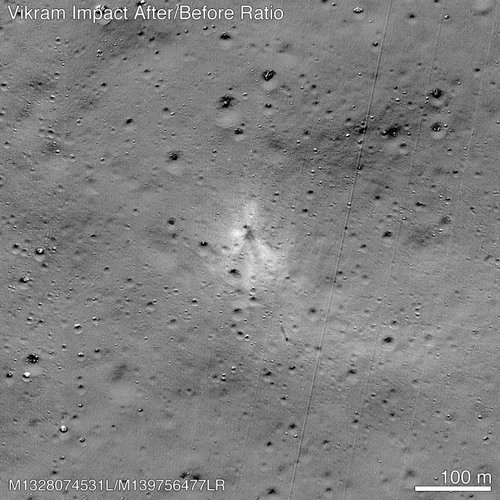

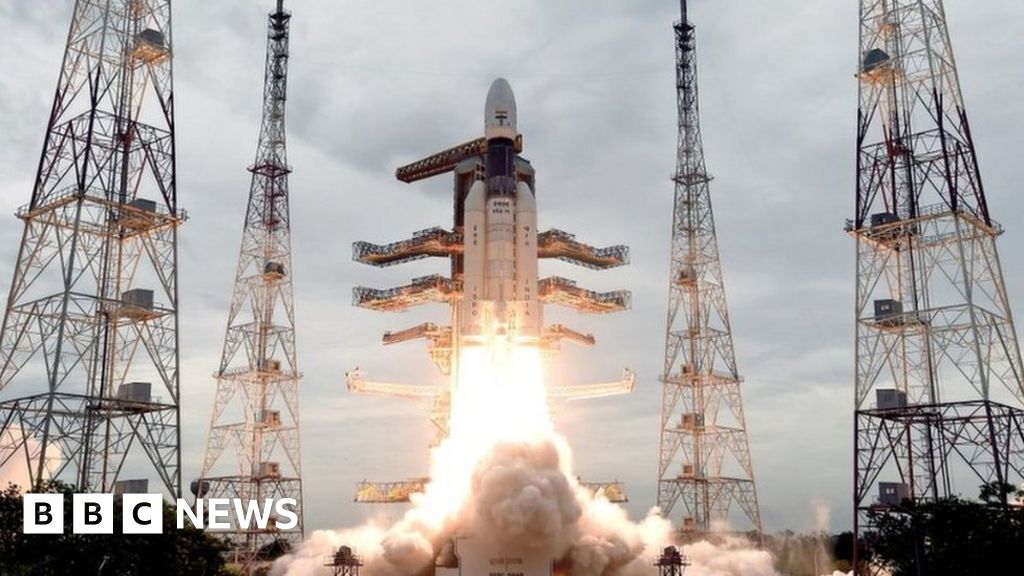

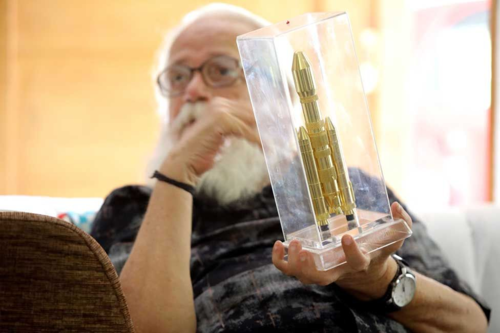
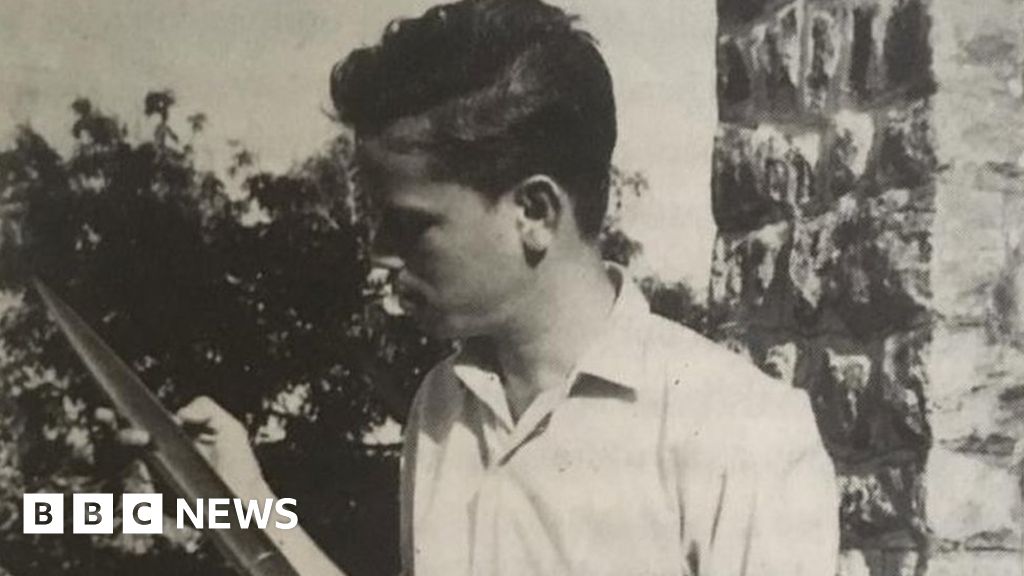


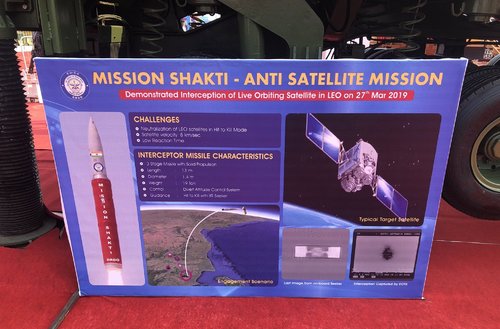
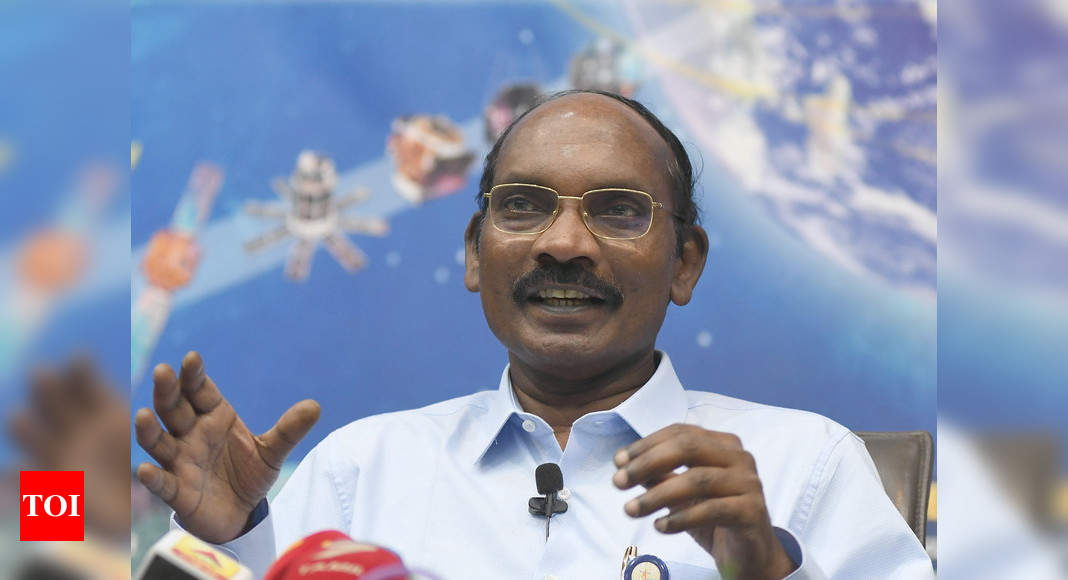

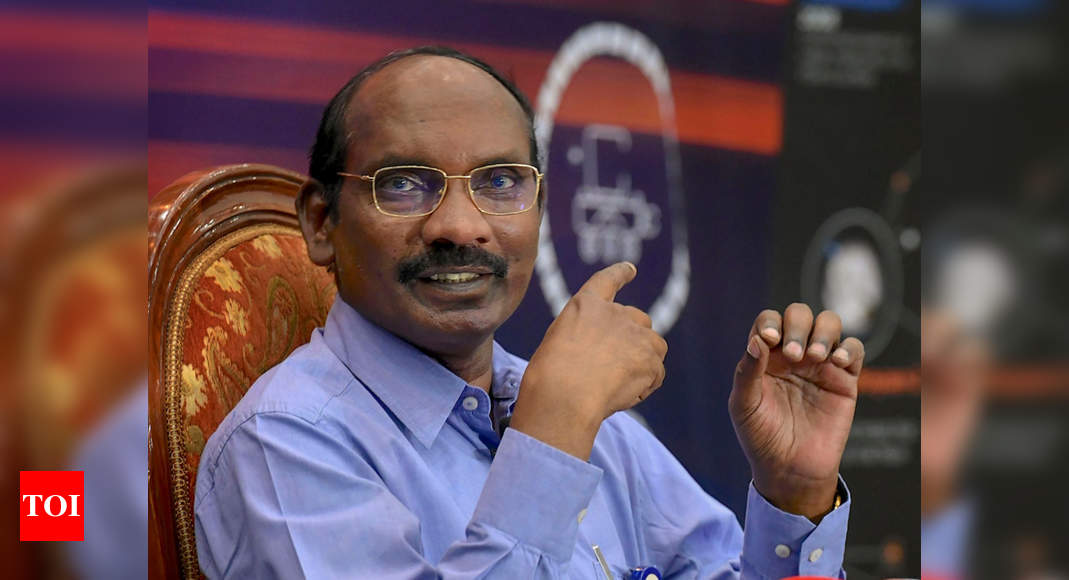
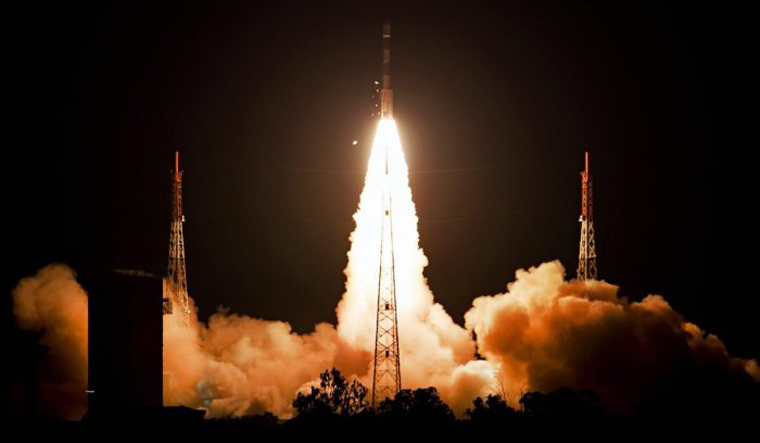
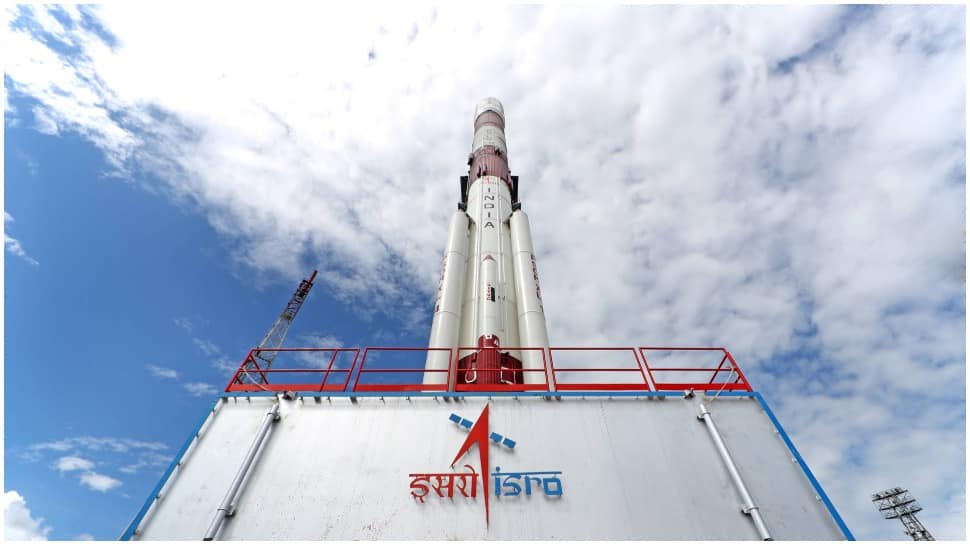

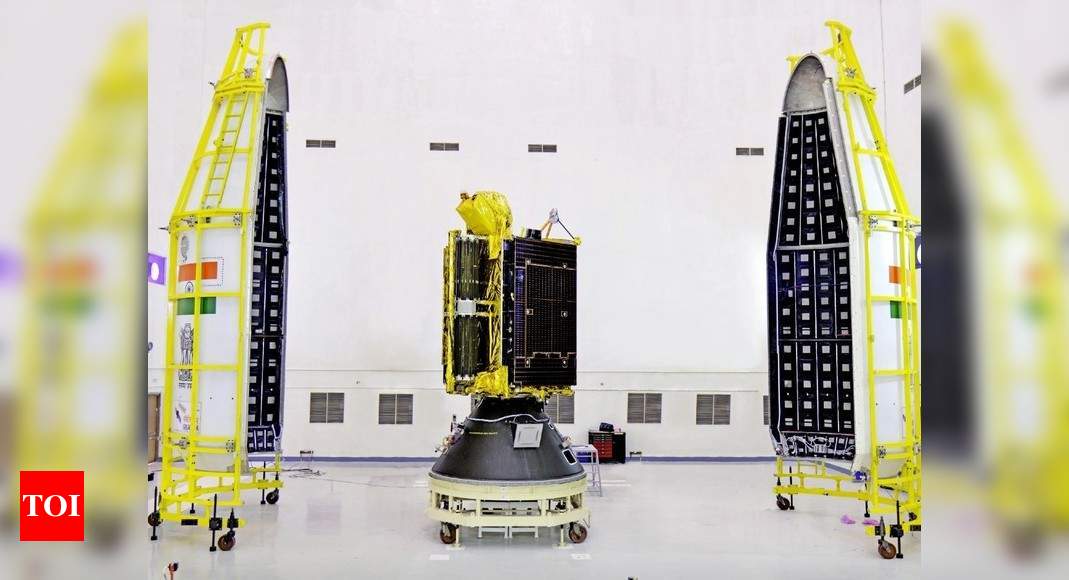

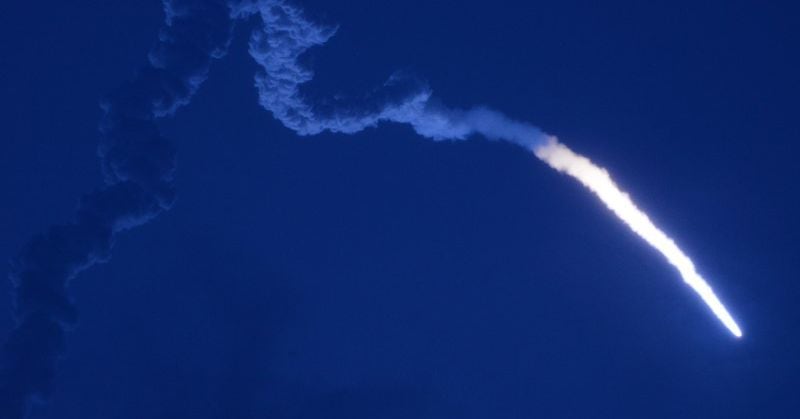

![SSLV[1].jpg](/data/attachments/218/218387-f04dd38631b6e294cef7eccc4ac50511.jpg)


